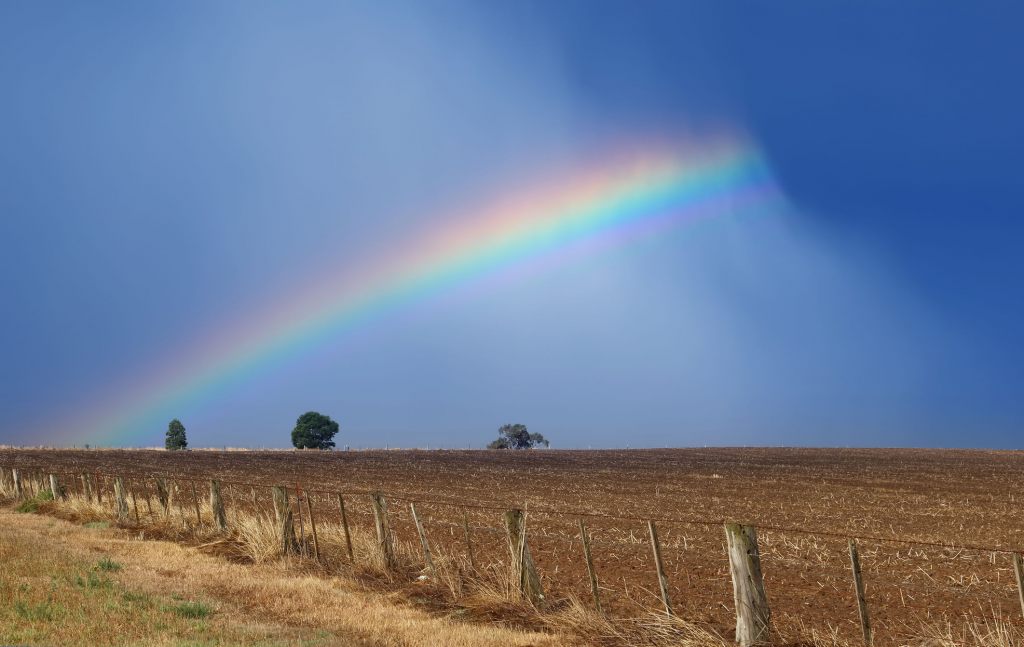Our weather obsession
Weather now outranks sex as the most popular online search term. Have we taken our obsession too far?

Do you think it’s going to rain? It’s a lovely day, isn’t it? It’s blowing a gale out there.
Our national preoccupation has only been exacerbated by the rise of digital media. Weather now outranks sex as the most popular online search term, and it’s a more common conversation starter too. Possibly the most weather obsessed among us are those whose livelihoods depend on it - farmers. Silence must be observed at all times during weather reports and the weather channel remains on 24/7. If there’s rain around, one eye must be kept on the radar at all times.
In an interview with ABC’s Amanda Smith, author of The Weather Obsession, Lawrie Zion, tried to explain the roots of this obsession.
“In Australia, through all it’s history, the weather has always had a really big impact on economic welfare, physical safety, on everything to do with how we organise our society,” he said.
“Discussing the weather is the kind of social glue that binds us. And I think we’re seeing that conversation we have about the weather is starting to infiltrate and develop in new kinds of ways through online media.”
The sharing of spectacular weather images, live updates, storm chasers and 24 hour bureau expertise has only fuelled our appetite for weather information. In particular, online radars have triggered a shift to ‘watching weather’, rather than just accessing forecasts. The level of detail and variety of weather information has come a long way since forecasting first began in Australia in the 1870s. The national weather conversation started to gain momentum after an influx of people arriving in Australia with meteorological knowledge.
Observations were rudimentary and first appeared in newspapers, but the sophistication of weather forecasting took a leap forward with the expansion of the telegraph. This helped meteorologists follow patterns of weather across the country simultaneously and led to the advent of the weather map at the end of the 1870s.
The federation drought was a huge disaster for Australia and caused experts at the time to really look hard at how they could better predict them, but it would still be many years before weather forecasting became a science. While the bureau has it’s critics, we now have access to incredibly technical algorithms and data on which to base weather forecasts. In many ways, the fast moving pace of weather science has encouraged our fixation and raised expectations of what information we can access.
“As radar became an embedded feature of the bureau’s site people just couldn’t get enough of it,” Lawrie explained. “When rain is coming we’ll often have the radar page open. We want to adapt to the weather but I think there’s a lot of weather anxiety in Australia that’s also shaped us and it’s got to do with not being able to control the weather.”
Photo credit: Copyright: <a href='https://www.123rf.com/profile_bolina'>bolina / 123RF Stock Photo</a>
by Libby Guest in Latest News
Share this post
Posts this year
- October 2024 (1)
- September 2024 (1)
- August 2024 (1)
- November 2023 (1)
- June 2023 (1)
- February 2023 (2)
- November 2022 (1)
- October 2022 (1)
- July 2022 (2)
- June 2022 (1)
Archived Posts
- Posts in 2023
- Posts in 2022
- Posts in 2021
- Posts in 2020
- Posts in 2019
- Posts in 2018
- Posts in 2017
- Posts in 2016
